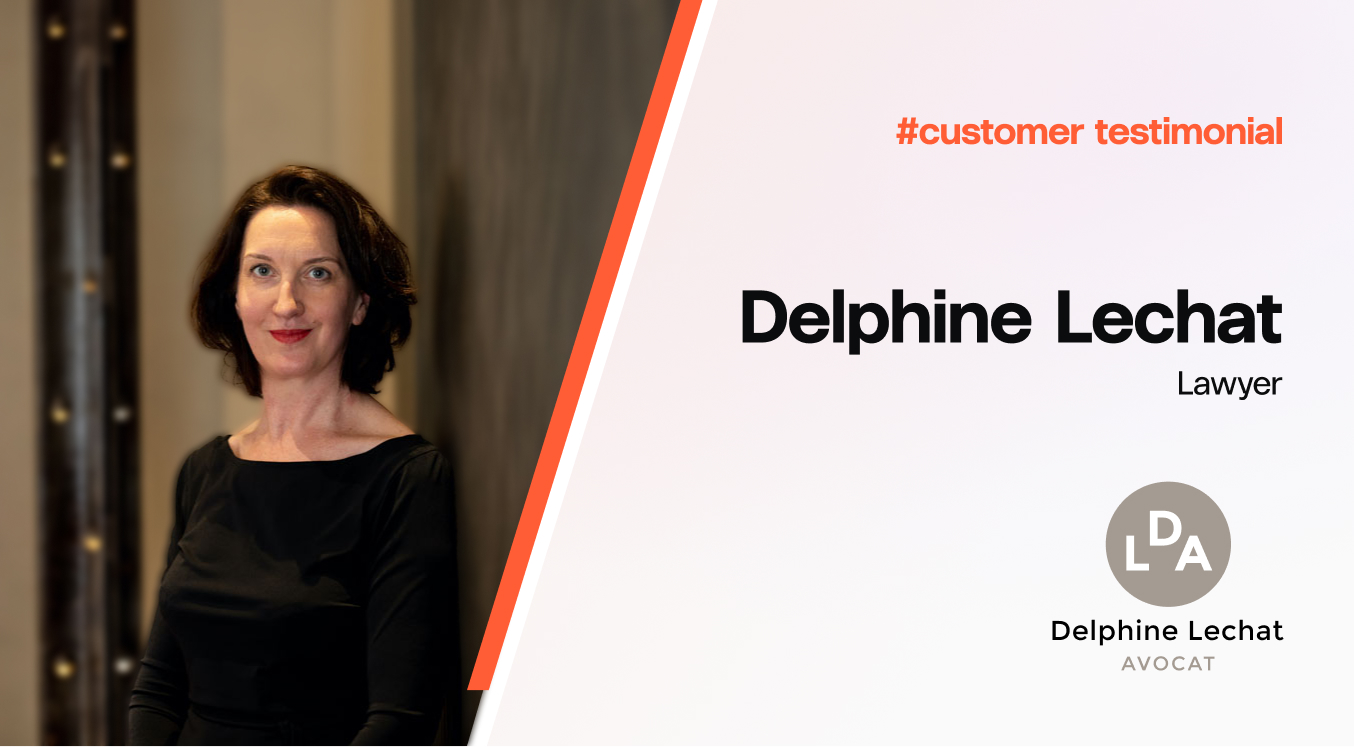The goal of adopting legal technology is to provide business, and not legal, value to a firm. A transaction management solution cannot stand in for lawyers’ expertise. It does, however, make repetitive tasks a lot easier and quicker to perform. The value legaltech solutions provide is financial – they save firms time and money on matters and help them build a stronger brand in the long-term.
A business, not a legal, solution
A transaction management solution also makes it easy to involve all stakeholders and legal teams, but also managers and firms’ business units. Legal operations are completed faster, which means less costs, more revenue and heightened competitiveness for companies. A recent study revealed firms that had invested in technology – like software that allows lawyers to monitor matters’ progress in real time, or tools that let clients directly perform tasks without active participation from lawyers – showed better financial performance than firms that hadn’t.[1] Outlined below are the main ways in which you can assess the (highly positive) ROI of transaction management software.1. Short-term ROI: billable hours, support and logistics
Legal transaction management tools are designed to simplify and accelerate the transaction process. By using platforms like Closd that allow parties to exchange information rapidly and accurately, manage workflows, and seamlessly execute closings remotely, lawyers avoid the cost of losing precious billable hours and of administrative expenditures:- Costs related to burdensome processes and dispersed information. Law firms’ slow adoption of technology and the continuing inefficiencies[2] inherent in their processes take up a significant amount of billable time: consistent delays are caused by exchanging paper documents, communicating and tracking information by email, organizing physical closings, or creating bibles and archives, to name a few.
- Costs related to poor existing technology. Many antiquated tools widely used at law firms don’t provide a smooth user experience, leaving less tech-savvy members of teams struggling to manage them. Often, time is also lost switching between different systems and interacting with IT and support teams. The same goes for complex or non-specialized technologies (like emails, office suites or universal collaboration tools). Furthermore, on-premise systems require constant maintenance from IT team members, creating lags in efficiency: LexisNexis reports that “90% of technology resource and investment is still focused on ensuring that email systems are working [and] there is enough storage…that lawyers can type a document.”[3]
- Costs related to logistics: Paying for paper, printing, transportation, mailing, couriers, storage and conducting administrative tasks when dealing with physical paper-based transactions, particularly during the closing period, adds up to significant cost that clients are often reluctant to cover. (And it hurts the environment!)
- Cost related to slow transactions: Transaction cost is one of the most significant factors in business operation and management. Obviously, quicker transactions mean more revenue for companies. They want to be able to focus on business, synergy creation and competitiveness, and spend less time and energy on the execution of the transaction once the decision is made.
- The cost of using the platform, usually an annual user-based subscription plan or transaction-based pricing system. This cost includes services like training, support, evolutions and maintenance, as well as guaranteed service availability.
- Costs of implementation and adoption. Firms must conduct security audits before clearing new technologies for use to make sure they are GDPR-compliant, for example, which can take a few weeks. Once approved, however, cloud-based transaction management platforms require no software installation. Maintenance and product evolution are automatic and seamless. Furthermore, vendors offer quick user training, detailed how-to resources, and dedicated, around-the-clock user support.
2. Long-term ROI: firm reputation and client retention
Legal technology also provides a ROI that is less immediately tangible; it takes longer to become apparent, but brings huge returns for a firm. This can be summed up as benefits that help boost a firm’s image, and with this bring in more clients and retain staff:- Value gained by enhanced client experience. According to a Wolters Kluwer report on Performance Drivers and Change in the Legal Sector in 2020, the use of technology is increasingly “critical to how well firms meet client expectations.”[4] Currently, inefficiencies form a disconnect between what traditional legal services offer and what clients want,[5] as clients increasingly expect efficient workflows and transparency on deals. By adopting technologies that guarantee these, lawyers can improve client experience, incentivizing clients to keep coming back or recommend them to others. This brings about more business, improves a firm’s brand, and steadily increases lawyers’ rates, a key driver of financial performance.[6]
- Value gained by staff retention and recruiting. Retaining lawyers represents a huge advantage for firms. Bruce Stachenfeld, managing partner of Duval and Stachenfeld LLP, writes that rather than be viewed as “fungible billing units” bound to churn, firms should develop their talent to the benefit of both the lawyer and the firm as a sure path to growth.[7] Satisfied lawyers spare firms the cost of hiring and training new associates, and are more invested in the firm, boosting performance and brand image. And this lawyer satisfaction is closely tied to efficiency – that is, not spending time performing low added-value tasks. Wolters Kluwer reported 79% of corporate lawyers consider it important for their firms to work efficiently and productively, while only 28% described their firm as such.[8]
- Value gained with heightened security granted by a cloud-based, secure system. Closd, for example, provides foolproof protection for firms from external attacks with features like data encryption and replication, certified digital archiving, and multi-layer user authentication. The 2020 ABA TechReport revealed the number of firms undergoing a security breach this year had increased to 29% over 26% in 2019; despite this, only under half of respondents used sufficient security tools.[9] The potential harms of a major security incident are huge,[10] from replacing systems, recovering data, losing clients, and potential lawsuits, to the immeasurable harm to the firm’s reputation. The financial risk associated with such attacks is also immense and carries many hidden costs, according to a study from Deloitte[11].





